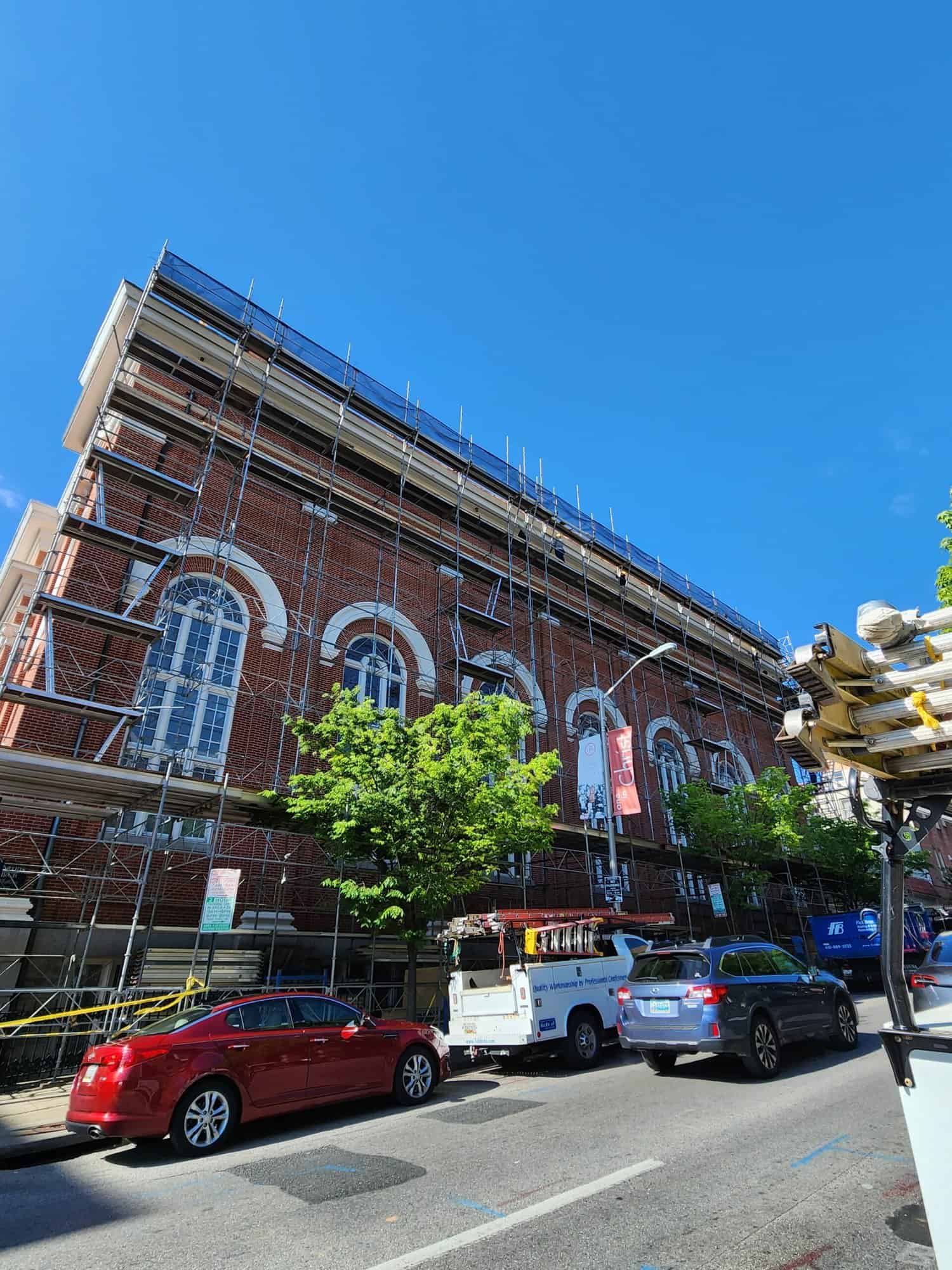According to insurance companies, rotting wood causes an estimated $17 billion worth of damage to private property in the U.S and one of the main reasons this happens is because the paint that protects the wood on the exterior of your home has worn away
There are several ways to identify if your wood needs to be replaced:
The first is by using a screwdriver, a scraper or even your own hands. If you find a soft spot and the wood feels spongy or gives way as your tool passes through, we strongly recommend that you fix it as soon as possible. Otherwise, the damage may be aggravated and this may result in additional repairs.
Another way to notice is to check for cracks, holes or a ripple in the surface. If so, it means that water may have penetrated the wood and started to cause paint failure and possibly wood rot. Sometimes it is very difficult to tell if the wood has started to rot, especially if the surface has been previously painted. Sometimes the paint keeps its shape, which helps hide the rot behind it.
A third way to identify it is to look for discoloration in the wood.
If it has changed color compared to the rest of the surface, there is a good chance there is wood rot. There are two ways to fix this.
The first is to check the size of the damage, if it is small, then it can be repaired by simply scraping out all the rot completely and filling with a high quality wood filler. If, on the other hand, the damage is very large, it is best to replace the wood completely.
This is done by completely removing the entire section of the board that has rotted (including any screws, nails and old putty that may be in the way) and replacing it with another piece of wood with the same dimensions.
PRO TIP* Before installing the new board, apply a coat of sealer to all surfaces to ensure that the new board will not rot as quickly. You should keep in mind that these repairs are much more expensive than painting the exterior of your home.
That is why we always recommend painting approximately every 7 to 10 years. This helps to avoid damage that can represent higher costs in the future.





